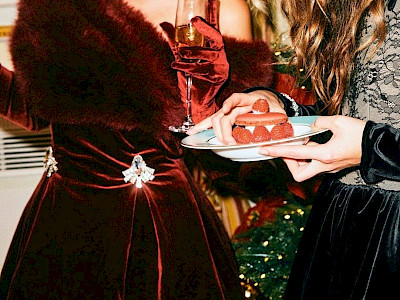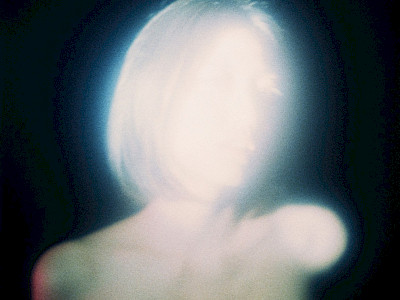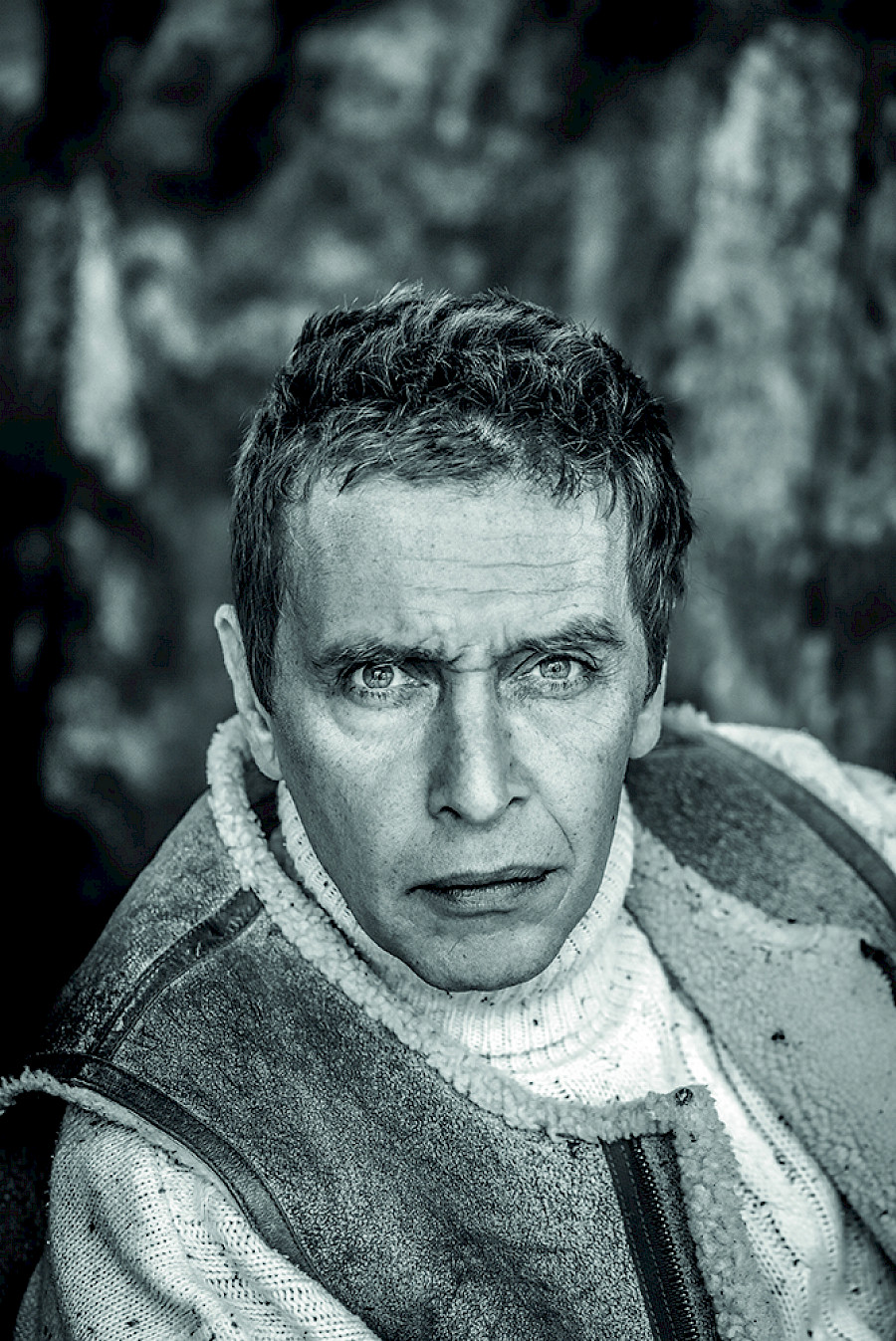
In 2008 the jury of the cinematic festival competition Fipa D’or awarded the prize for the tape lasting more than 40 minutes, during which Dillemans is furiously boxing while simultaneously arguing about the art, it is equally violent how he draws and smokes non-stop, acting hypnotically. Jury selection is understandable, as the desire of our editorial board to do an interview with him. Suddenly it has proved difficult to arrange a time: Dillemans lives ascetics, often working nights and sleeping off the afternoon.
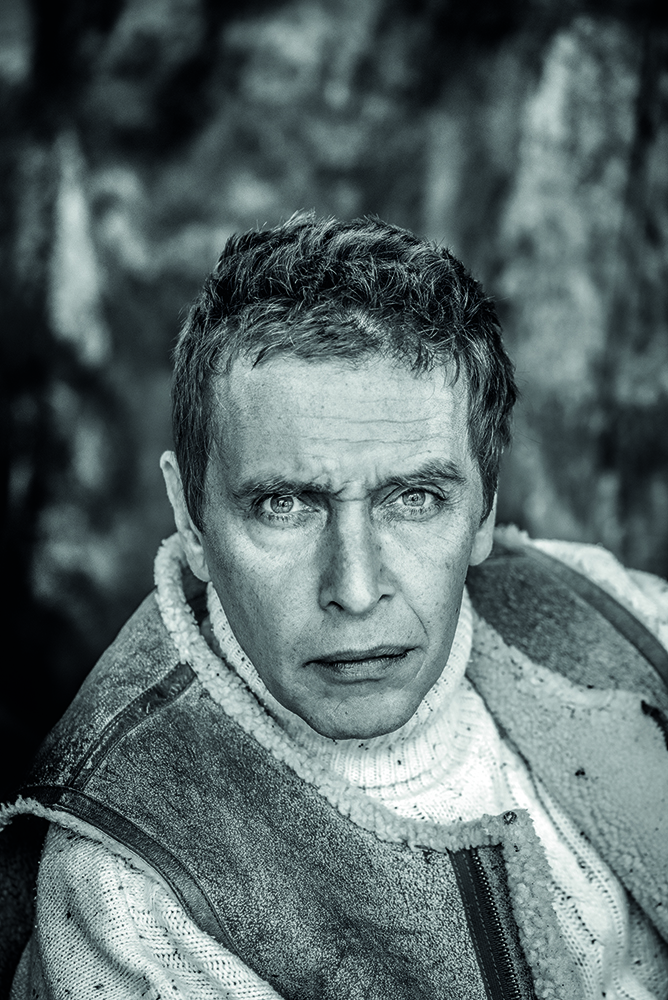
At the weekend you went to visit family. What do you feel when crossing the threshold of your house?
My mother is already 83 and she is not feeling well. But everything is under control. I always had a normal relationship with my parents. Like everyone else, in childhood, there were periods of ups and downs in our communication. I was not always an easy child: I wanted to draw a lot, and this was often incomprehensible to others. I spent most of my childhood with my grandmother. She was a wonderful person, very old-fashioned, committed to traditions: lunches and dinners on schedule ... For her, discipline and order were important. Probably, and now I am fond of old masters of painting because in my childhood there was just such an old master next to me. She survived two wars and often told me about them. She was very balanced, always calm ... And she allowed me to work in my own rhythm - to sleep during the day and write at night.
When did you first start painting?
I was 10 - 11 years old when mom showed me pictures of Van Gogh and I started painting like crazy. When I was 12, I painted eight hours every day. It was not easy for me to study in college: I used to work at night and sleep at noon.
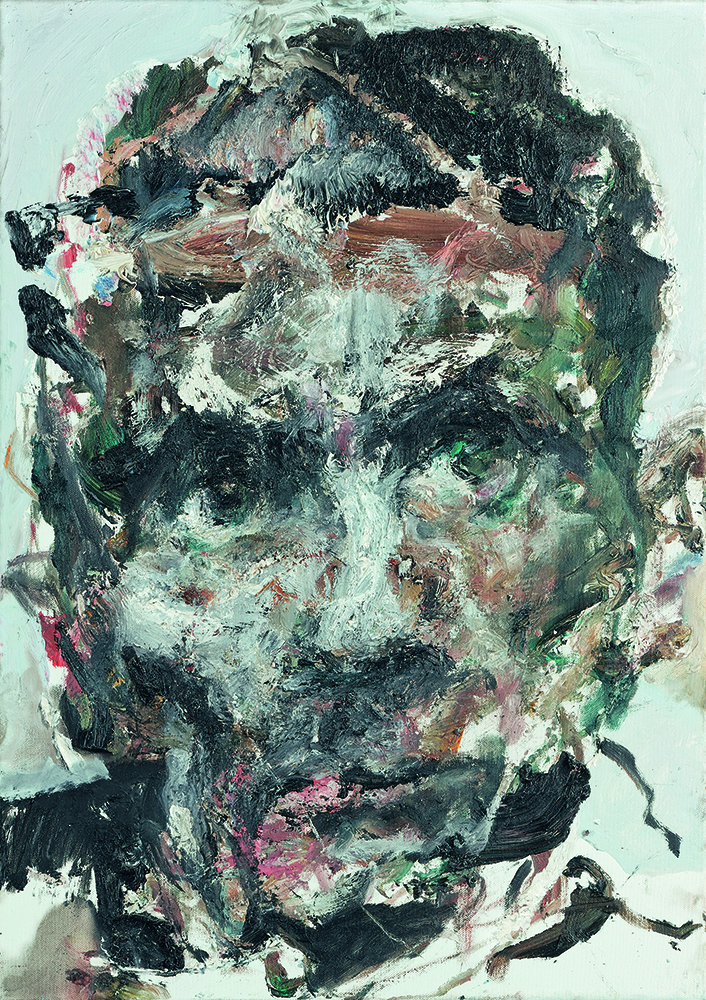
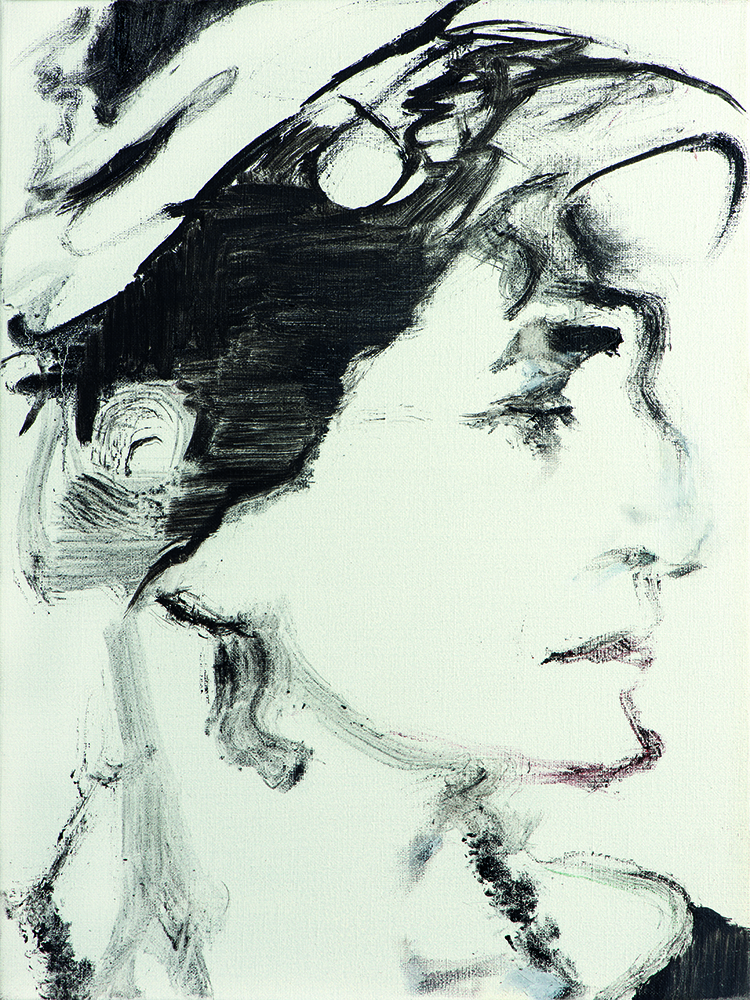
How did it happen that in seven years you changed a half dozen art colleges?
During my studies, I had only one art teacher, the rest of the time I was looking for models.
Every two or three years I changed college. It was important for me to draw nudes, but I could not pay models, so I studied - models were free for students.
But why, after your studies, did you spend five years drawing, but not showing your works?
Because for me these years were also studies. I wrote a lot, developed the technique, copied the old masters ... For me, the time of study was still going on. And why should I show not yet completed work? I do not consider it necessary to exhibit every year. All the time I correct something in my paintings, modify them, bring them to perfection ...
What do you feel when you paint?
Happiness. I am no longer in the present day: I am leaving our time, I am escaping from it. I no longer belong to myself. And then a very transcendental moment comes ...
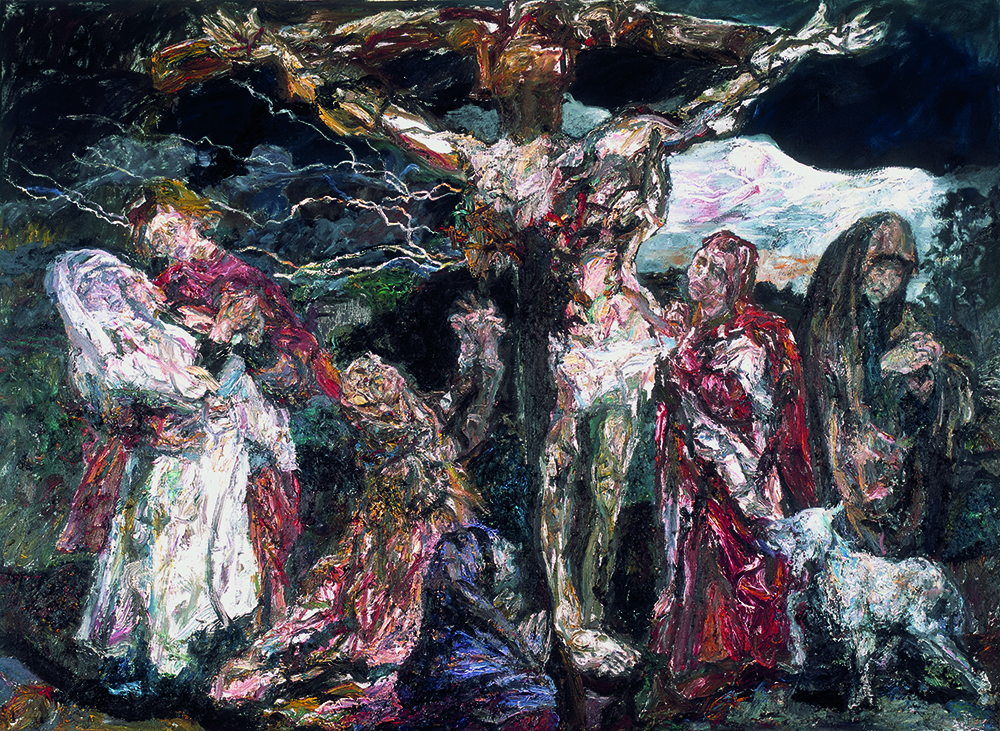
You were born on January 17, on the same day as the legendary boxer Mohammed Ali. What is boxing for you?
When I work, I accumulate a lot of energy, and boxing helps to release it. Many people believe that this is an aggressive sport, but for me, it is a sport that helps to develop self-control, rhythm, another vision ... I am not a professional boxer, but I do this sport a lot. It also helps me get ready before I start drawing. Makes me more relaxed. On the other hand, boxing gives me drawing topics: I am interested in the situation of confrontation, the opposition of two naked bodies ... I could write, for example, swimmers, but this spirit of confrontation is not there. Rubens was inherent in the theme of contrasting bodies, I also find it interesting - both as an artist and as a boxer. I know how muscles work, and because of this, it is much easier for me to write boxing people.
What music do you listen to when drawing?
It can be any kind of music, from Scarlatti to ABBA ... I listen to classical music - Bach, Vivaldi, but also the Beatles or ABBA. The only rule is that music should not dominate my work, be more important than my painting. It sounds to me as a background. But I really need it to create my own atmosphere. I can work for the same song for three months.
And what are books for you?
They are even more important to my work than music. I began to read a lot from 12 to 13 years: Dostoevsky, Chekhov, Turgenev, Pushkin, Gorky, Camus, Flaubert ... I love them. Literature helps me a lot in painting and allows me to concentrate my emotional intelligence. But I love not only intellectual literature: I read many thrillers, humorous things. Humour, the ability to laugh is, in essence, the most important thing in life ... It is impossible to be serious all the time! I have many friends; when we are meeting, we can laugh for hours. I do not like Skype and telephone: human communication is important for me, the ability to touch a person, to feel it ...
How would you describe the manner in which you work?
The mystery of art lies in the fact that not everything in it can be described and explained ... But I will say that the basis of the work of any artist is a good drawing. If you do not know how to make a drawing, then you are already doomed to failure. The drawing gives the artist the freedom of expression. So I think that the most important thing in painting is drawing. It is the basis of all my work. I studied a lot of muscle work, watched the human body movements. Now I treat drawing with more attention than before. I am freer to express myself because I have already mastered the technique of drawing. This is a kind of tourist equipment, without which you can not do if you want to conquer the summit. To move further in art, you must first learn the basics. For example, Picasso painted better than Raphael at the age of 9, so he began experimenting, looking for new forms ... The Great Stravinsky said: in order to practice new art, you must first study traditions. Only by studying them will you become a super professional artist. Many modern artists are too lazy to engage in their technique, and therefore prefer provocations. The concept they can have is good, but the technique is lame. But one idea is not enough. I have a lot of them in my head, but they still need to be well portrayed! Actually, it is not so important what exactly you draw. For example, in the Renaissance or Baroque era, all artists painted religious themes, the subject matter was not so important - it was important how they depict it. See how El Greco portrays Jesus: this is not at all like the work of other artists depicting him!
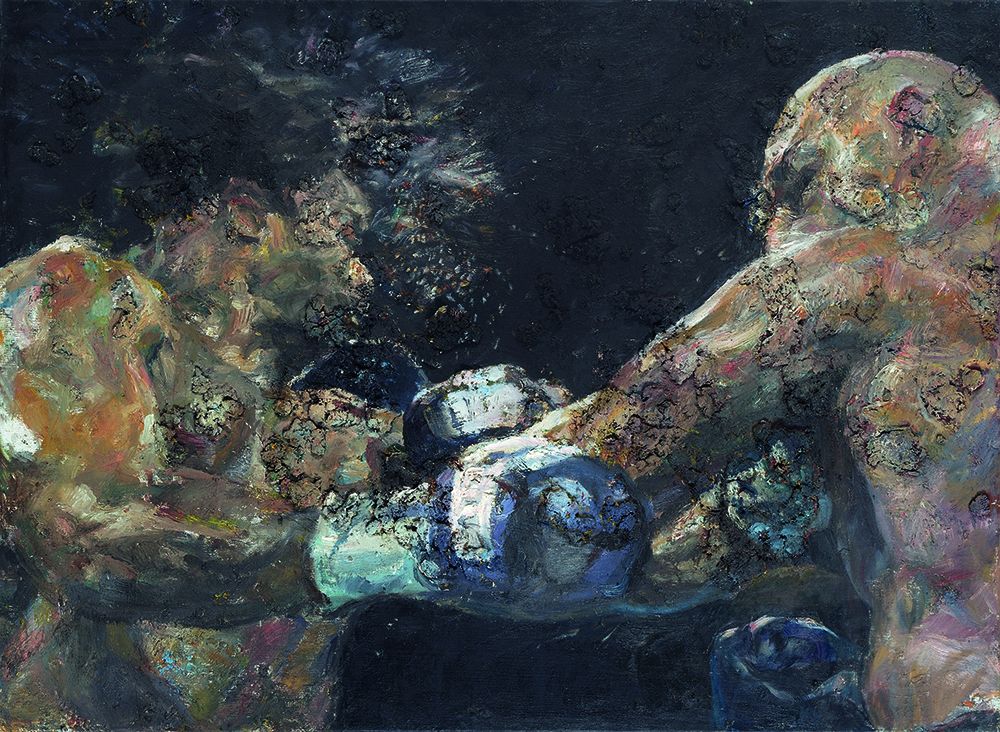
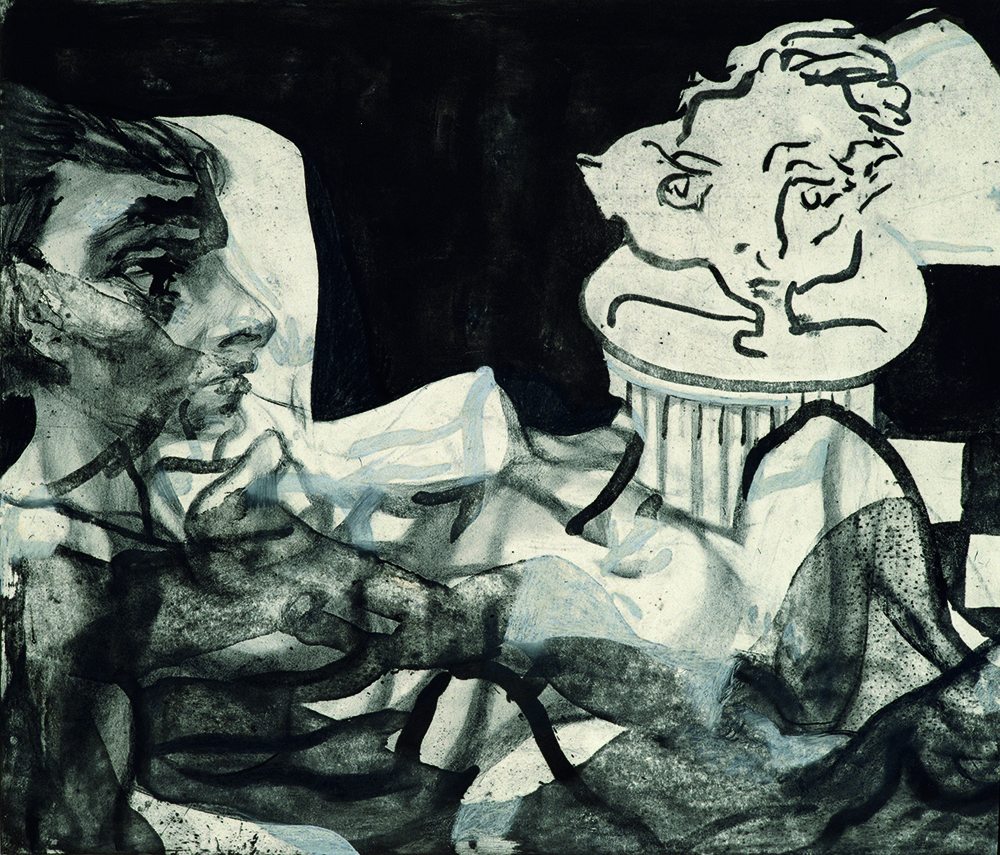
Which artists were most important to you?
It would take a long time to list them all: Monet, Van Gogh, Picasso, Matisse, artists of the Renaissance ... In my youth, I copied the works of most of them for a long time. And I had my own feeling of their paintings. I can live in them, feel inside their works ... Picasso became for me one of the most important artists. And it always has been - for artists of the new, young generation, the source of inspiration was the work of artists of the past. In order to study them thoroughly, young artists need to abandon everything and copy their work.
The question I ask every Belgian artist I am interviewing: what do you think, why is the level of contemporary art so high in your country?
I do not think that in our country it is higher than anywhere else ... It is possible that marketing in the art in Belgium is better than in any other country. And this is bad news. The bad news is because now marketing in art has turned out to be much better than the art itself. Artists try to paint “by the rules” in order to be in demand, and as a result, they become professional managers, instead of becoming professional artists. They care more about how to better sell themselves, forgetting that for an artist the main thing is art. What is happening in art now seems like its death, which came with the advent of pop art. Artists are more interested in provocations than painting. It all tastes like shit. Around I see the dictatorship of bad taste. Art is not something that everyone can do. Everyone knows how to drink water, but this is not art.
When you finish a portrait, do you understand the person portrayed better than when you first started working on it?
I try not to know anything about the person before I proceed to the portrait. I need to understand his face, his form ... But I do not turn into a doctor Freud. In order to make a good portrait, I need to keep my distance with the model. It may sound paradoxical, but this is so - only by distance from the one I draw, can I draw it well.
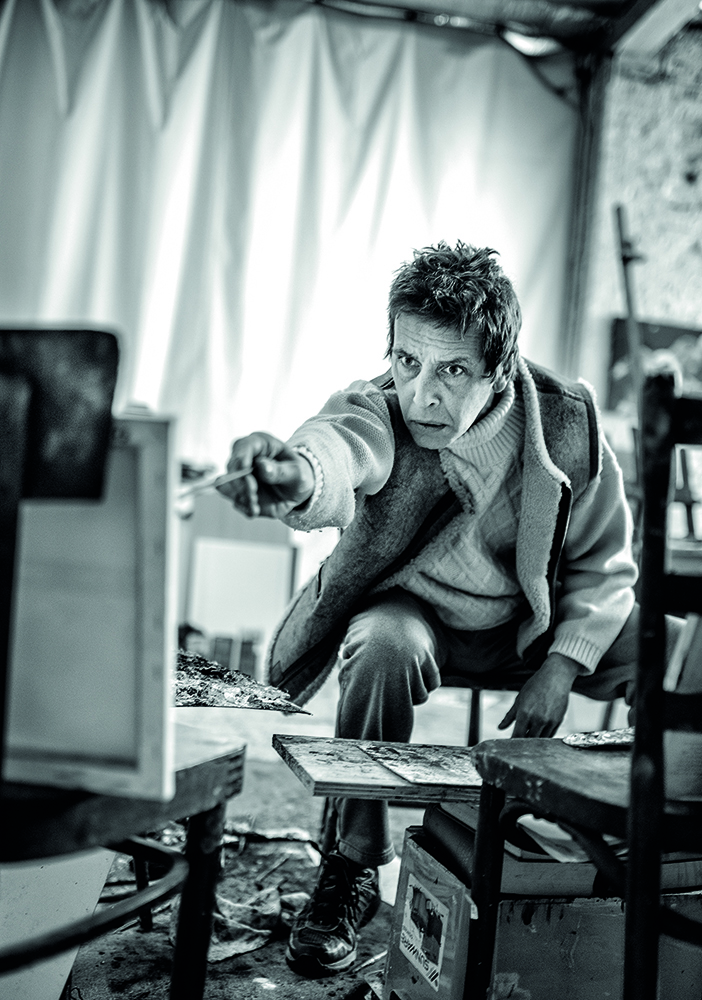
How are your days going?
Always the same. To some it may seem boring, but not to me. I start painting at 4 pm and finish at 3 am Before that, I have a workout. And I spend the weekend with my girlfriend. The secret of good work is self-discipline and an established rhythm of life. I do not need rest as such, I am happy when I paint. I write even on my birthday. And when I have not very successful days, when I am at odds with myself or a little angry or disappointed - then I write too.
Interview: Irina Belan, Photo: Wim Van Eesbeek
The interview was published in the thirty-ninth issue.

